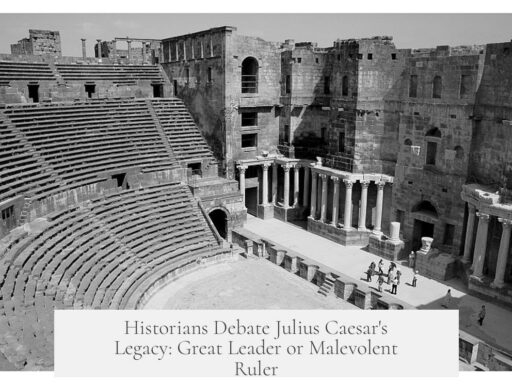The Italian invasion of Ethiopia in the 1930s was prompted chiefly by a desire for revenge over a humiliating defeat in 1896, domestic economic challenges in Italy, and an opportunistic pretext provided by a border clash known as the Walwal Incident.
Italy’s interest in Ethiopia dated back to the late 19th century. After Italian unification in 1861, Italy sought to establish itself as a colonial power. It had limited overseas possessions, mainly Italian Somaliland and later Libya, acquired in 1911. Ethiopia stood as a significant and independent African power, controlling key territories including the vital port of Massawa.
Tensions rose after the 1889 Treaty of Wichale, which had conflicting versions in Amharic and Italian. Italy claimed Ethiopia was its protectorate based on its translation. Ethiopia rejected this claim, leading to the First Italo-Ethiopian War. In 1896, Ethiopian forces decisively defeated the Italians at the Battle of Adwa, effectively halting Italian colonial ambitions in the region and securing Ethiopia’s sovereignty.
Decades later, this defeat remained a source of national humiliation for Italy, especially under Benito Mussolini, who rose to power in the 1920s. By the 1930s, Italy faced economic decline due to the Great Depression. Mussolini sought to unite Italians behind a renewed imperialistic goal. Reclaiming Ethiopian territory became both a symbol of restoring national pride and a way to distract public attention from domestic problems.
The immediate trigger for the invasion was the Walwal Incident in 1934. Italy had built a fort illegally inside Ethiopian territory near the border. When an Ethiopian-British survey team encountered the Italian garrison, violence erupted. Mussolini exploited this to portray Ethiopia as the aggressor, using it to justify military action.
The League of Nations intervened diplomatically, but their efforts failed. Despite opposition from countries like the United States, Japan, and the Soviet Union, Italy launched a full-scale invasion in 1935.
- Italy sought to avenge its 1896 defeat at Adwa.
- Economic hardship and Mussolini’s ambition motivated conquest.
- The Walwal Incident provided a pretext for war.
- The League of Nations was unable to prevent the invasion.
What Prompted the Italian Invasion of Ethiopia in the 1930s?

The Italian invasion of Ethiopia in the 1930s was driven primarily by Italy’s desire for revenge against a humiliating past, domestic economic struggles, Mussolini’s aggressive imperial ambitions, and an opportunistic pretext—the Walwal Incident. This complex mix of history, politics, and opportunism set the stage for one of the most dramatic and brutal episodes in African colonial history.
But why exactly did Italy decide to invade Ethiopia again after its humiliating defeat decades earlier? Let’s unpack this story layer by layer.
Setting the Stage: The 19th Century Background and the Failed 1896 Invasion
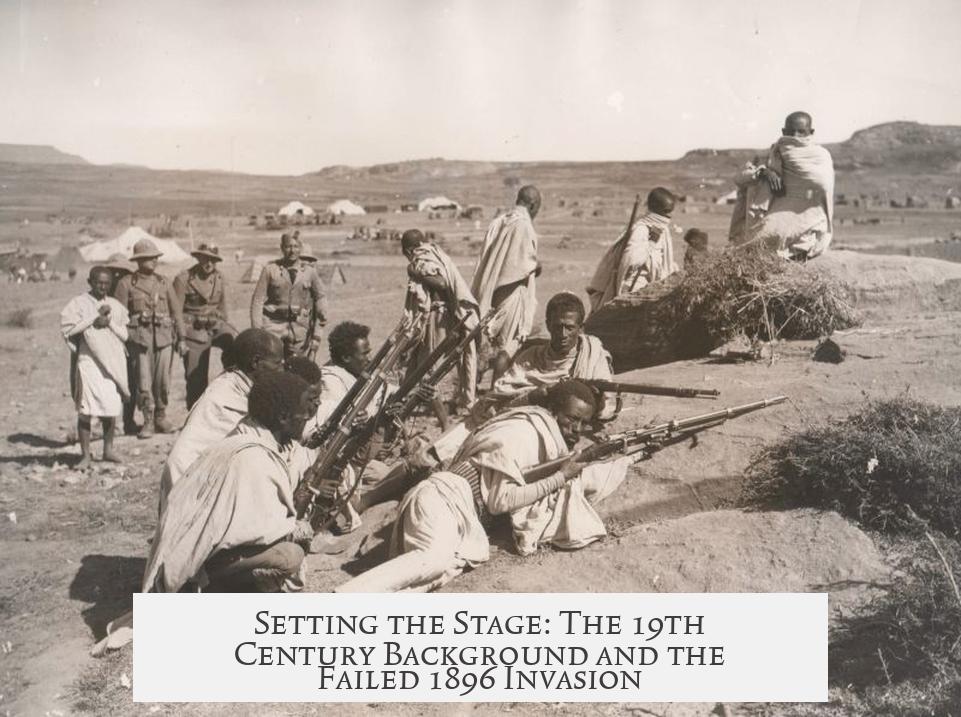
To understand the 1930s invasion, you first need the 19th-century context. Italy, as a unified nation, was barely three decades old by 1895. It was a late bloomer in the European scramble for Africa. While Britain, France, and Germany carved up large swaths of the continent, Italy barely managed to claim Italian Somaliland during the 1880s, and even that was somewhat shaky.
In comparison, Ethiopia was no pushover. It was one of the few African countries to resist colonization successfully and held significant power in East Africa. The British and Egyptians had even handed Ethiopia control over the strategic port of Massawa in what is now Eritrea. What the Ethiopians didn’t realize was the British were letting Italy slide in right next door.
In 1885, Italy occupied Massawa, sparking tension with Ethiopian forces. The two countries signed the Treaty of Wichale in 1889, but the fine print was deceiving. The treaty had dual translations: the Amharic version gave Ethiopia control over its foreign affairs, while the Italian version made Ethiopia a de facto Italian protectorate. The Ethiopians, sticking to their copy, soon rejected the Italian claim.
What happened next was a colossal miscalculation on Italy’s part. In 1895, Italy tried to enforce its authority by invading Ethiopia.
The campaign ended disastrously at the Battle of Adwa in 1896, where Ethiopian forces decisively crushed the Italians, forcing Italy to reject the Treaty of Wichale’s claims. This victory cemented Ethiopia’s sovereignty and was a bitter humiliation for Italy. It’s like showing up with a water pistol to a gunfight and getting soaked instead.
Why Return to the Scene of Defeat? Revenge and Domestic Needs in the 1930s
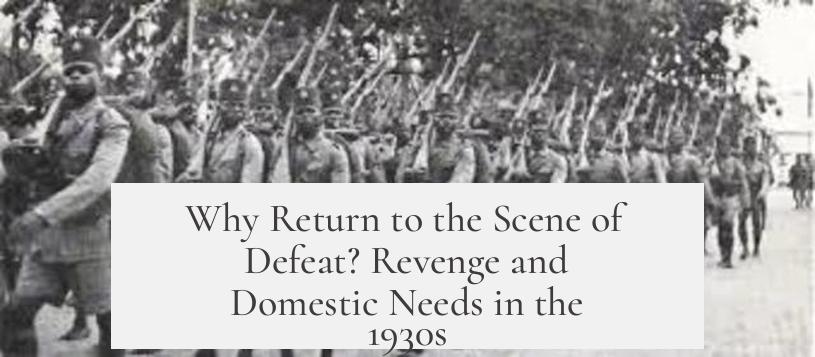
Fast forward to the 1930s. Italy was licking its wounds from the Adwa defeat but wasn’t about to forget it. The humiliation festered. Mussolini, Italy’s fascist leader, had an eye on Ethiopia—not just for land but for redeeming national pride.
The timing? Perfect, if you ignore the chaos back home. The Great Depression had hit Italy hard. The economy was crumbling; unemployment and unrest were rising. To unite a frustrated public and shift blame away from domestic failures, Mussolini needed a distraction—a bold conquest.
Invading Ethiopia offered exactly that: a chance to restore Italy’s tarnished reputation and to push forward Mussolini’s dream of a new Roman Empire. It was revenge, yes, but also cold political calculation.
The Walwal Incident: Mussolini’s Spark for War
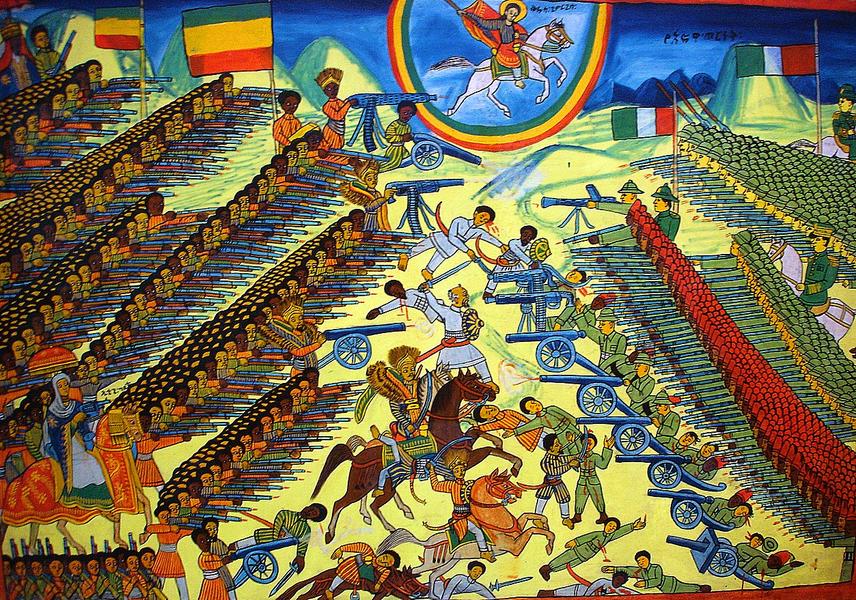
Now, any war needs a spark—some excuse to justify military action. The Walwal Incident served this role perfectly. A combined Ethiopian-British survey team was working near the contested border between Ethiopia and Italian Somaliland, where Italy had illegally built a fort inside Ethiopian territory.
Clashes erupted between Ethiopian forces and the Italian garrison. Mussolini quickly seized on this, portraying the Ethiopians as the aggressors threatening Italian Somaliland. This incident provided the much-needed excuse for invasion.
The League of Nations tried to intervene. Ethiopia had supporters like the United States, Japan, and the Soviet Union lobbying for peace. But the League’s efforts proved toothless. Italy flouted international opinion and launched a full-scale invasion.
A Powder Keg of Causes: Mussolini’s Opportunism and Historical Grievances
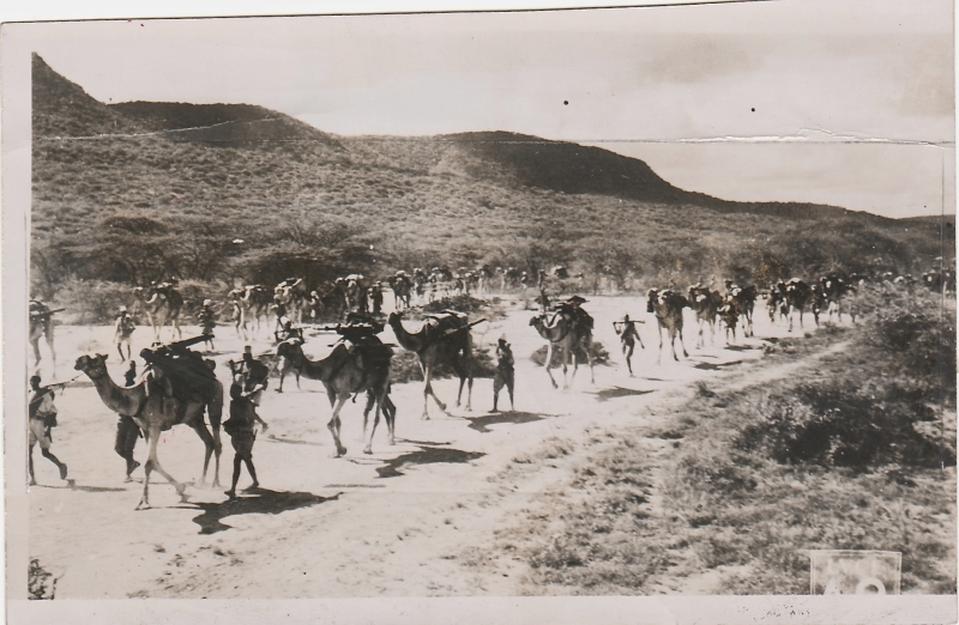
So what are we left with? The invasion was not caused by a single event but by several intersecting forces.
- Historical Grudge: Mussolini’s Italy wanted to erase the shame of the 1896 defeat. Defeating Ethiopia would reclaim national pride and secure Italy’s reputation as a colonial power.
- Economic Crisis: The Great Depression added fuel to the fire. Mussolini believed foreign conquest would distract Italians from domestic hardship and unify the population behind a nationalistic cause.
- Political Ambition: The invasion fit Mussolini’s fascist vision of reviving a Roman Empire-style dominance. Ethiopia was a prized target, a jewel in his plans for imperial glory.
- Strategic Pretext: The Walwal Incident gave Mussolini the perfect reason to mobilize troops without waiting for diplomatic solutions to take effect.
In essence, it was a toxic cocktail of humiliation, desperation, and ambition mixed with a pinch of international powerless-ness.
Lessons and Reflections: What Can Modern Readers Take Away?
The Italian invasion of Ethiopia reminds us how past grievances and present crises can drive nations to conflict. Mussolini’s gamble—though disastrous in human terms—shows how leaders can exploit historical wounds and economic trouble to justify aggressive policies.
It also highlights the limits of international bodies like the League of Nations, which couldn’t prevent aggression despite clear warning signs. This failure set precedents for the tumultuous decades ahead.
So next time you wonder why one country pushes another into war, consider this blend: historical wounds, economic pain, political ambition, and opportunism. That combo is often a dangerous recipe.
Would Italy have invaded Ethiopia without the sting of Adwa? Would Mussolini have chosen distraction over diplomacy if the economy was booming? These questions remind us how tightly history and circumstance intertwine to shape world events.
In short, the Italian invasion of Ethiopia in the 1930s wasn’t just about territory. It was about pride, power, politics, and poor timing—all colliding under the shadow of an unresolved past.
What historical events fueled Italy’s desire to invade Ethiopia again in the 1930s?
Italy’s failed 1896 invasion ended in a major defeat at the Battle of Adwa. The Italians felt humiliated and wanted to restore their national pride. This past failure deeply influenced their later actions.
How did Italy’s internal situation influence the invasion of Ethiopia?
The Great Depression hurt Italy’s economy. Mussolini sought to divert public attention through foreign conquest. Invading Ethiopia was seen as a way to unite Italians behind a common cause.
What was the Walwal Incident and why was it important?
Italian troops built a fort inside Ethiopian territory. Ethiopian forces clashed with Italians at Walwal, which Italy used as a pretext to claim Ethiopia was hostile. This incident triggered the invasion.
Why was Ethiopia’s status significant before the invasion?
Ethiopia was one of the few independent African nations. It had regional power and international recognition. Italy’s earlier attempt to make Ethiopia a protectorate failed, adding to tensions.
What role did international organizations play before the invasion?
The League of Nations tried to stop the conflict after Walwal. Nations like the U.S. and Soviet Union supported Ethiopia. Despite this, Italy ignored these efforts and proceeded with its attack.



